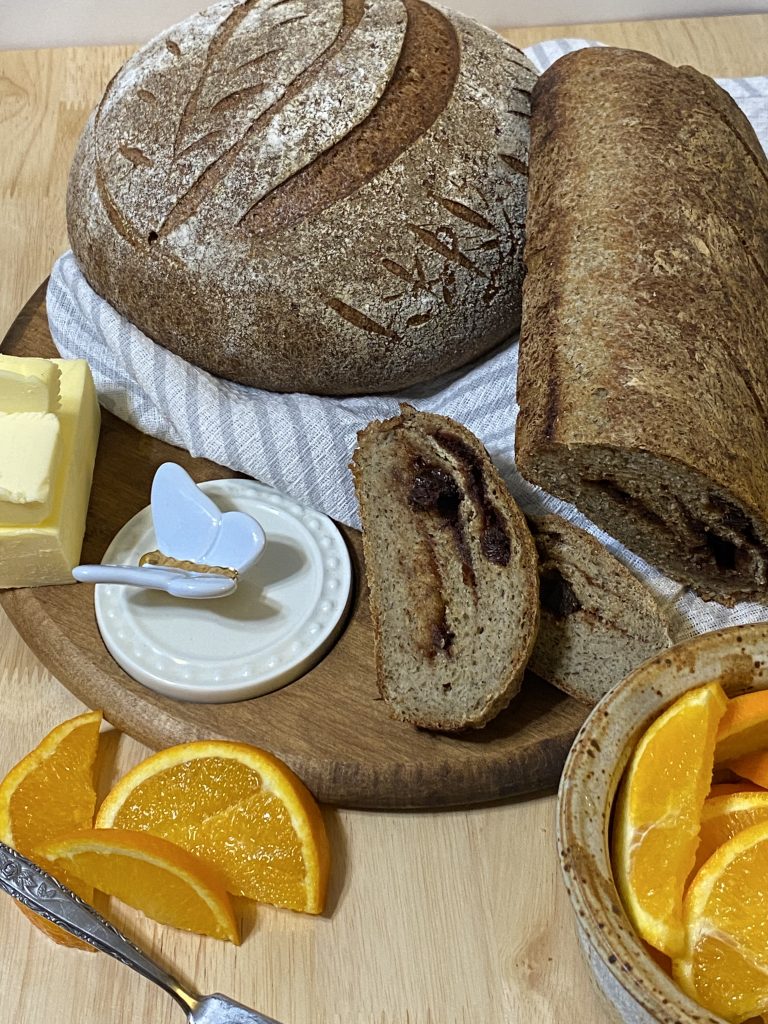
When you first find out you have to start a gluten-free diet, it can be overwhelming. All the things you love to eat are no longer allowed, and you have to start reading labels on everything you buy. It can seem nearly impossible. Just know, we have all been there and it does get easier. I hope this post can help you by sharing a few tips I have learned in my 12 plus years of a gluten-free diet.
Edited May 2022 to add this info: If you are very, very new to Gluten-free, you may need to know what exactly is gluten and where is it generally found. Gluten is the general name for the proteins found in wheat (and all its varieties), Rye and Barley. Wheat has many different varieties and names which include things like einkorn, spelt, farina, farro, semolina, emmer, durum, wheatberries, graham, Kamut). There is also Triticale which is a cross between wheat and rye. These grains and their derivatives can be found in many items and sometimes in things you would never think of.
My Gluten-free Journey
Our family first had to start a gluten-free diet for my oldest son. He was very sick and we needed to rest his gut, so all the top allergens were removed. As he improved we tried adding gluten back in (he had a piece of pizza at his sibling’s birthday) and he got very sick. We did some bloodwork and he tested positive for the celiac markers. He was so ill on gluten that we could not get him the biopsy.
He started having reactions when he was in contact with any gluten, touching it or in the air. We took him to an allergist and he was discovered to have an anaphylactic response to wheat. I discovered that it wasn’t that uncommon in people with Celiac disease to also be allergic to wheat. The doctors diagnosed him as having celiac disease and a wheat allergy. He does carry epinephrine for the allergy.
In the meantime, my youngest son was a baby and had horrible eczema and reflux/colic. After numerous doctor appointments and cutting out lots of foods while I was nursing, we discovered that eliminating dairy, soy and gluten really helped my son. He had such severe eczema that his skin was scaly, cracked, and bleeding. After eliminating several foods, it began to clear up and he slept through the night. His reflux went away. It was amazing.
Once I was done nursing, I was so happy to be able to eat gluten again, but I got super sick the first time I had something with gluten. I ended up in the doctor’s office. My bloodwork also showed Celiac markers. I had many stomach/digesting and allergy issues when I was a child, and numerous health issues in my teens and later. It all made sense once the Celiac piece was found, unfortunate that it was in my late 30’s and not earlier. We had already cut gluten out of the house due to my older son’s wheat allergy and Celiac. So it made it a bit easier to just continue on with the gluten-free house and lifestyle. After several more years, my other two children were also diagnosed.
As time has gone on, being able to eat, cook and bake gluten-free (and many times dairy-free for my two that are casein intolerant) has become easier.
I hope by sharing some of our story, and my favorite recipes, it can help you on your journey.
Read all labels….gluten is sneaky.
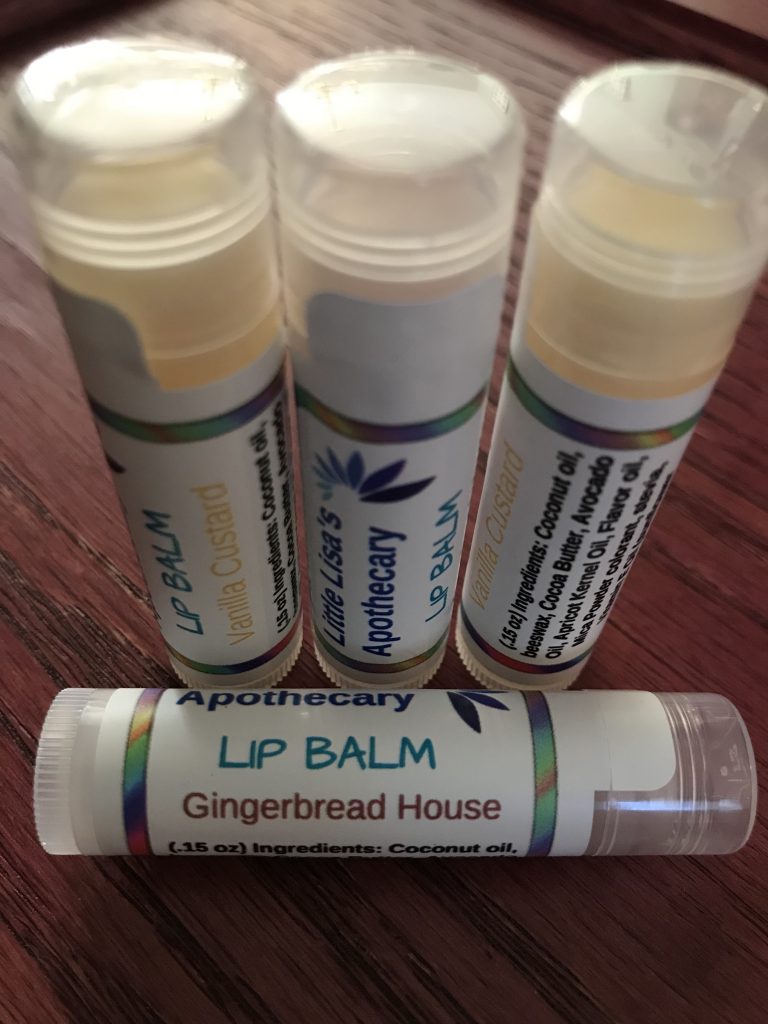
One thing that was hard for us, in the beginning, was that even when we got rid of all gluten in our house and were eating a clean gluten-free diet, we were still having some reactions. What was it, how could this be? Well, one thing we discovered is that gluten hides in many things.
Personal care products- We had to switch out our shampoo and soaps. We couldn’t figure out why my oldest son had cradle cap when he was in elementary school. Turns out the all-natural shampoo we used had a wheat extract and gluten in it. Once we went through all our shampoos, soaps, conditioners, lotions, etc., and got rid of those with any type of gluten or wheat extract, the cradle cap, itchy skin, and rashes all stopped. Now I make sure to read the ingredients on everything.
Some people don’t react to gluten with skin issues, but we do. It doesn’t have the same effect as ingestion, with the gut damage, but it still can cause an immune response, which is inflammation and not good for your body. We avoid wheat and any gluten ingredients in our skin and personal care products. Especially, toothpaste and make-up, as they can be ingested in small amounts.
Medicine– Always ask the pharmacists if a medication or OTC has gluten in it. They can find out. I have had pharmacists give me a hard time about looking it up or calling. However, when you are taking a medication for an illness or condition, the last thing you want is to have it make you feel awful because it has gluten in it. The gluten is usually used as a binder or filler of some sort, so each manufacturer (even if generic) could have different ingredients, even when the active drug ingredient is the same.
Glues-craft supplies– Watch out if you use glue and or craft supplies. Many types of glue (including the stuff you lick on the back of envelopes and stamps) can have gluten in them. Check labels. Craft supplies like paints and modeling dough (play-doh brand does for sure) have gluten in them. When my kids were diagnosed young, we got rid of all our play-doh and the toys they used it with. You can make your own gluten-free version of modeling dough.
Disposable plates, cups, silverware, straws– In the interest of being more earth-friendly many places are now using disposable food utensils, plates, straws, etc. that are biodegradable. These are sometimes made from wheat. Always ask before using a straw or other item (including take-out containers), if it is made with wheat. Some are made from corn or other materials, but there are wheat-derived items on the market.
Starting with the basics
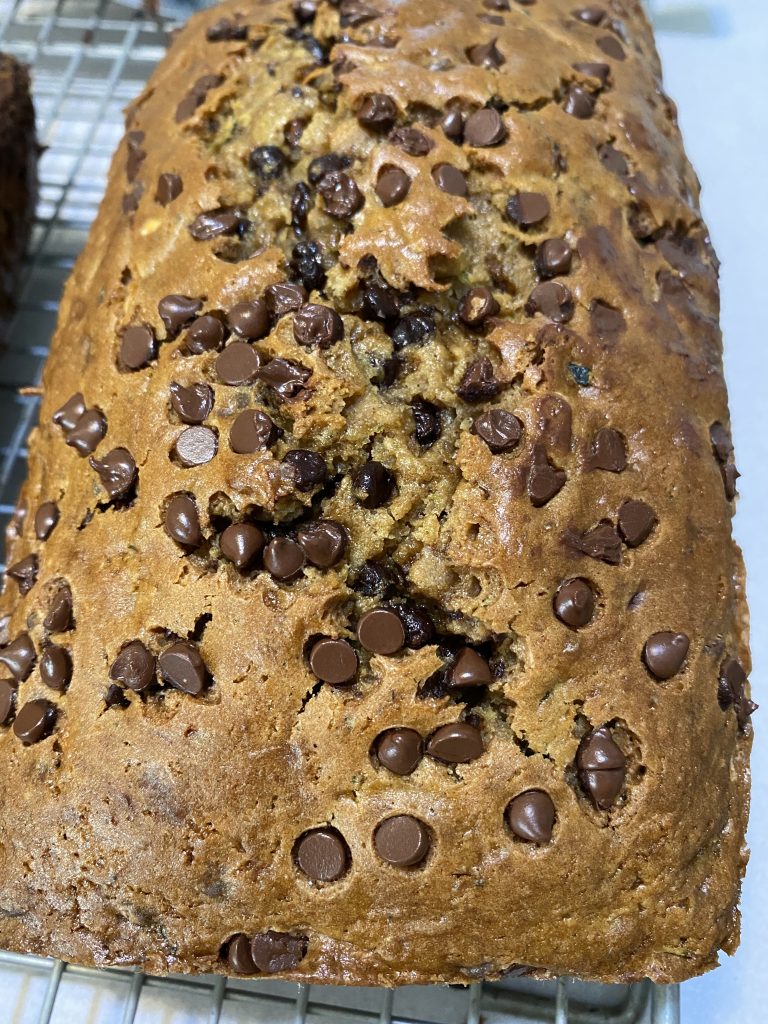
When I first switched to a gluten-free diet, I slowly learned how to cook and bake this new way. I read all ingredients and started with some commercial mixes. I started with Bob’s Red Mill bread mixes and they were ok. However, the formulas they had at the time relied on chickpea (garbanzo bean) flour and I just wasn’t a fan of the bean taste. I later discovered I had an intolerance to legumes, so that may have explained why they didn’t agree with me.
I soon started using pre-made flour mixes, which worked fine but were pretty expensive (I really like King Arthur’s brand). In the beginning, I advise you to try different brands and see what you like. There are a lot of commercial choices these days to choose from. I don’t do well with a lot of the gums (xanthan, guar, etc.) in baked goods. So, I eventually started making my own flour blends and controlling the levels of gum in my baked goods.
Many foods are naturally gluten-free. Find foods that are gluten-free rather than trying to replace gluten items with a gluten-free counterpart. There will be some things you need to replace with gluten-free counterparts, but swapping everything at once will more than likely leave you disappointed and make it harder to go completely gluten-free. Gluten-free baked goods and bread for the most part (commercially available…not homemade) are never going to be just like the gluten-filled counterparts. Things like meat, fruits, cheese, and vegetables are gluten-free and healthy. Stock up on those things to fill in your gluten-free diet, and slowly try out commercial gluten-free items as add-ons to your main diet. The less processed an item is, the less likely it will be to have hidden gluten in it.
The caveat to that is oats. Oats are naturally gluten-free, but they are typically grown and processed along with wheat and end up contaminated. I always get certified gluten-free oats. I find them at Trader Joe’s, Thrive Market, and Azure Standard.
One thing I found that helped after I was ready to dive into baking from scratch, was to learn the chemistry behind the different flours and ingredients used in gluten-free baking. Understanding what traits each ingredient has can help you develop your own recipes and be able to tinker with recipes you already have or like. Knowing that gluten is a protein that gives structure to baked goods can help you realize what you need to replace to produce quality baked goods. They won’t ever be exactly the same as the gluten-filled counterparts, but they will be delicious and satisfying.
Something like adding xanthan gum to a baked good, why do you do that? Well, xanthan gum is a hydrocolloid, so it absorbs liquid (water) and becomes a gelatinous mass. That can be good in a baked good where you want some structure to replace the gluten. It gives that sort of bounce and hold you need, but it can also result in a gummy and dry texture if there is too much added or if it absorbs too much of the liquid in the recipe. Knowledge of these things can help you adjust the ratios and make sure you have enough liquids to combat what will be absorbed by the gum (or psyllium husks that acts similarly).
Pasta
There are many types of gluten-free pasta available. I find we prefer brown rice pasta. Trader Joe’s has inexpensive and good organic brown rice pasta, they carry a couple of different shapes. I also really like Tinkanyada brand pasta, I use their elbow to make my slow cooker mac and cheese. Another brand I use regularly is Jovial, they have great lasagna noodles. When making Pasta salad, I use Ronzoni Corn and Rice pasta, as I find it holds up to being cold without getting hard and clumpy better than straight brown rice pasta. I really want to learn to make homemade gluten-free pasta, like an egg noodle, etc. It is a future project. I find that easily substituting gluten-free pasta for regular pasta opened up a lot of food choices. Pasta is an easy swap, and not as big a change when going gluten-free as other things like bread.
Cross-contamination
One thing that is still a large issue is cross-contamination. It can happen at home if you are not 100% gluten-free in your home. It also happens frequently when eating out. My family rarely eats out due to the numerous and severity of our various food allergies, intolerances, and Celiac disease.
Eating out can be tricky. There are gluten-free restaurants out there, that do it well. I usually talk to a server before I order to see if they can handle making food with safe allergy protocols in place. Some are great about it, and some aren’t. I have had places I have gotten food or drink (coffee, tea, etc.) at do a fine job for a while, and then bam, I get glutened with something as simple as herbal iced tea. My best advice is to use your own intuition and judgment regarding your comfort level at an establishment. Also, I find that the ratings on the “Find Me GF” app are helpful, especially when I am out of town.
I almost always bring my own food or snacks when I am out or traveling, however, there are times where I need to eat out. I rarely get accidentally glutened, anymore, but it is always when I eat somewhere other than home and don’t take extra precautions to ask about the way it was prepared, etc. It really isn’t worth it, based on how sick I get. My advice is to eat before you go, if possible, or take your own food/snacks with you to eat.
If you are transitioning your kitchen to being gluten-free, or you have to share your food prep space with things that have gluten, make sure you have procedures in place to control cross-contamination. Have your own cookware for gluten-free, your own utensils (color code or label them somehow to avoid mistakes with use), and your own sponges, cleaning rags, etc. Hopefully, your roommates, family, or friends will help keep you safe, be supportive, and will be careful about gluten contamination and what precautions need to be taken.
Labeling laws in the United States.
Some people are sensitive enough that they have to avoid items made on equipment that processes wheat or in facilities that wheat may be processed. In the US, they don’t have to label for shared equipment, but many companies do. We avoid made on equipment with wheat. Labeling laws in the US only require wheat has to be labeled as an allergen ingredient, not gluten. An item could have a barley or rye ingredient (like malt…used in many things for coloring as malt extract, or a malt vinegar…made from barley) and not be labeled as an allergen. The gluten component will be listed as an ingredient, but not bolded or in the “may contain” allergen statement. There are currently bills to add more items to the labeling for allergens. Hopefully, they will be passed and implemented in the future.
Social Media
There are a lot of groups on social media regarding Gluten-free living/eating. I find them to be fairly helpful, but you have to be willing to scroll past some of the posts that aren’t relevant or are over the top. Take advice with a grain of salt. Take medical advice from your doctors and not the internet! They are great for getting reviews on restaurants, food items, etc. Searching in a group for the info you need can help weed out a lot of the information overload.

No one is perfect…give yourself grace.
It can be challenging as you start a new way of eating and living with a gluten-free diet. Give yourself grace. Everyone struggles sometimes. Lean into your support group (or find one online if you don’t have support in real life). Over time it will get easier and you will master making the foods you love that are safe to eat. If you really want to learn faster, look for cooking classes in your area or ask someone local to you who cooks gluten-free to teach you. There are so many resources out there, tap into them and make it a journey to discovering you living your best and healthiest life! Reach out to me, if you need further help or encouragement. If you are in my local area (SE MI), I can be an even greater resource for you!

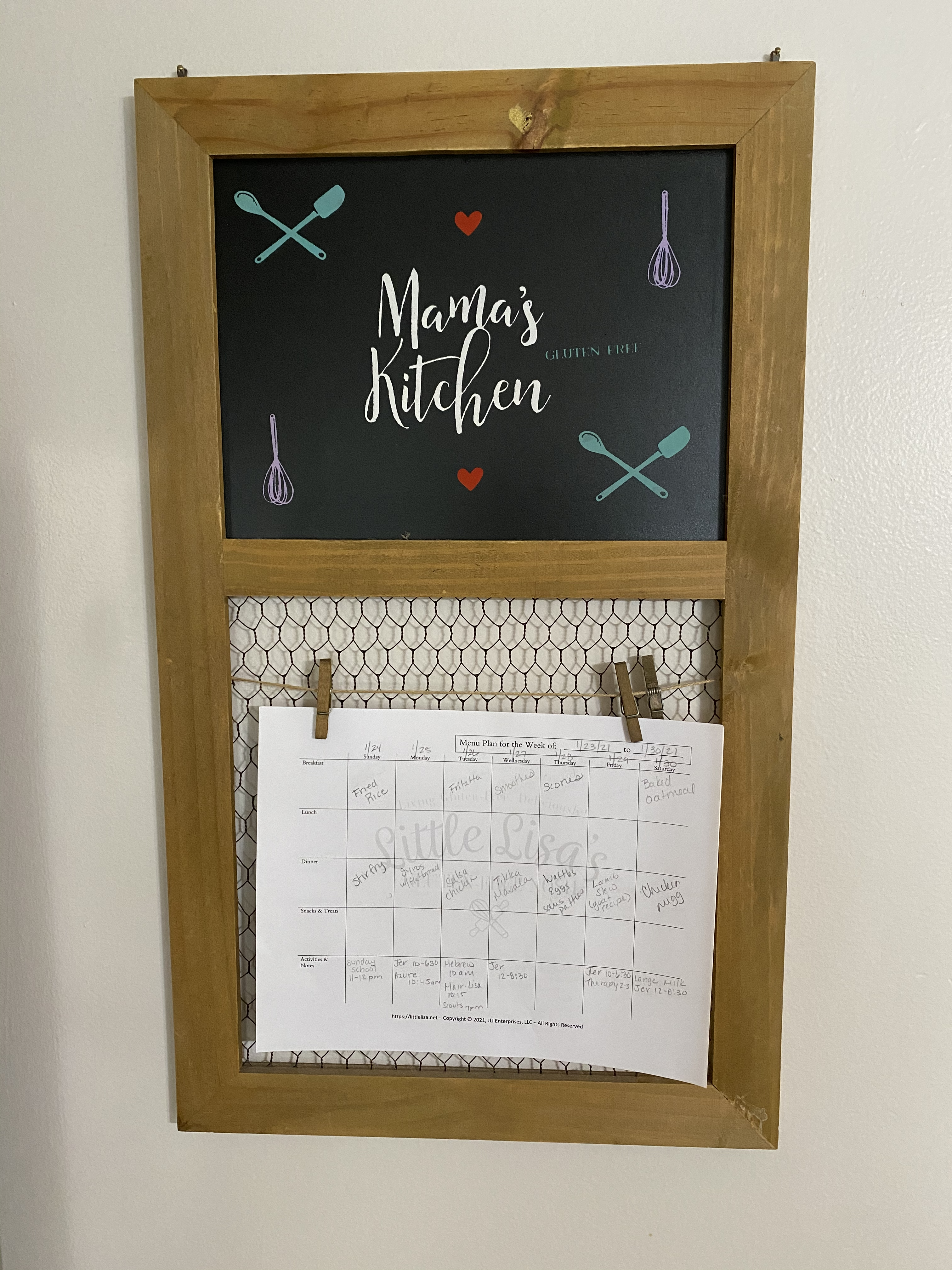
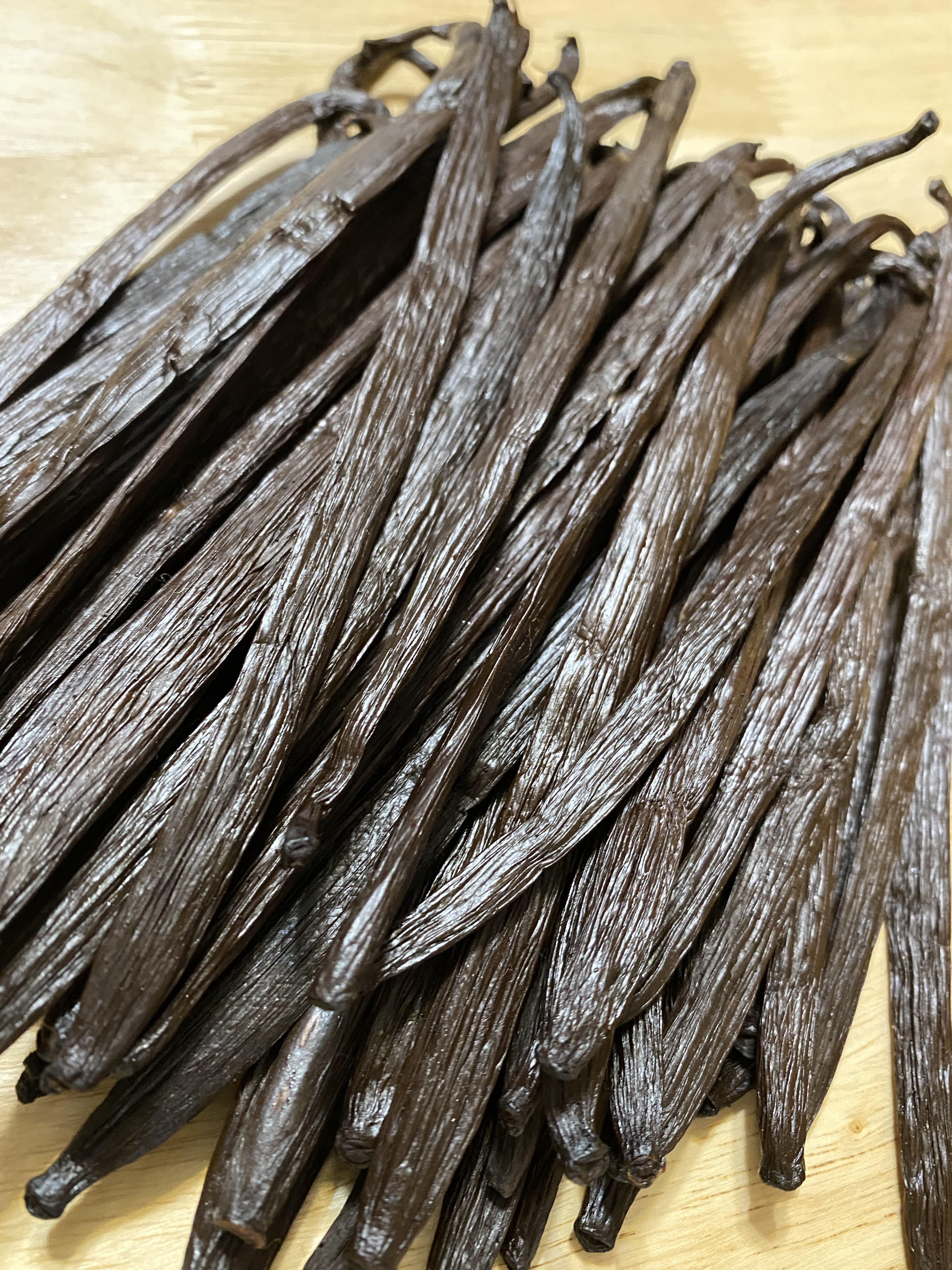
Thank you…I make homemade egg noodles with red mill and they were great. Even easier to work with than wheat flour.
Did you just substitute it for flour in a regular egg noodle recipe? I have made a “torn” dumpling by just substituting a GF flour blend and it worked well.
I just recently made gluten-free pasta with an egg-based recipe. I used the recipe in the cookbook “Gluten-free Wish List”. They were delicious.